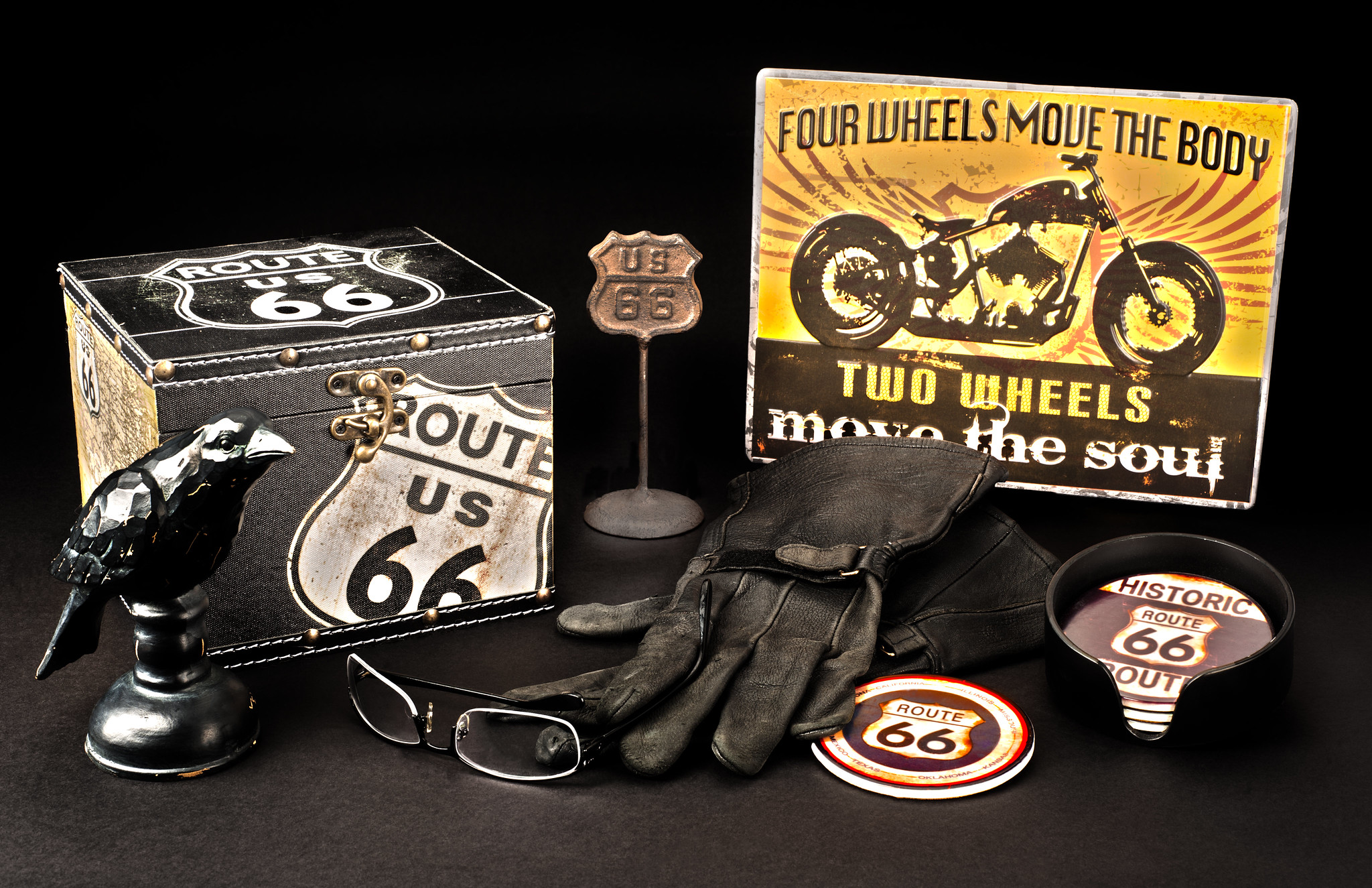Still life photography is a little different. Still life is a grouping or a staging of subject matter, and then a photo is taken. Numerous steps and preparations go into a successful still-life photograph.
Contents
Definition Of Still Life Photography
Still life photography is a genre of photography in which inanimate objects are grouped together and photographed. What makes still life photography so fascinating is that the grouped objects are ordinary, everyday things that lie around without us noticing them. When assembled and properly lit, these ordinary things suddenly captivate the viewer.
Types Of Still Life Photography
Still life photography encompasses that bowl of ice cream in a magazine ad in the doctor’s office? It’s still life photography. The girl working out on the label of a yoga mat or a pair of compression socks is still life photography. The types of still life photography are:
Product Photography
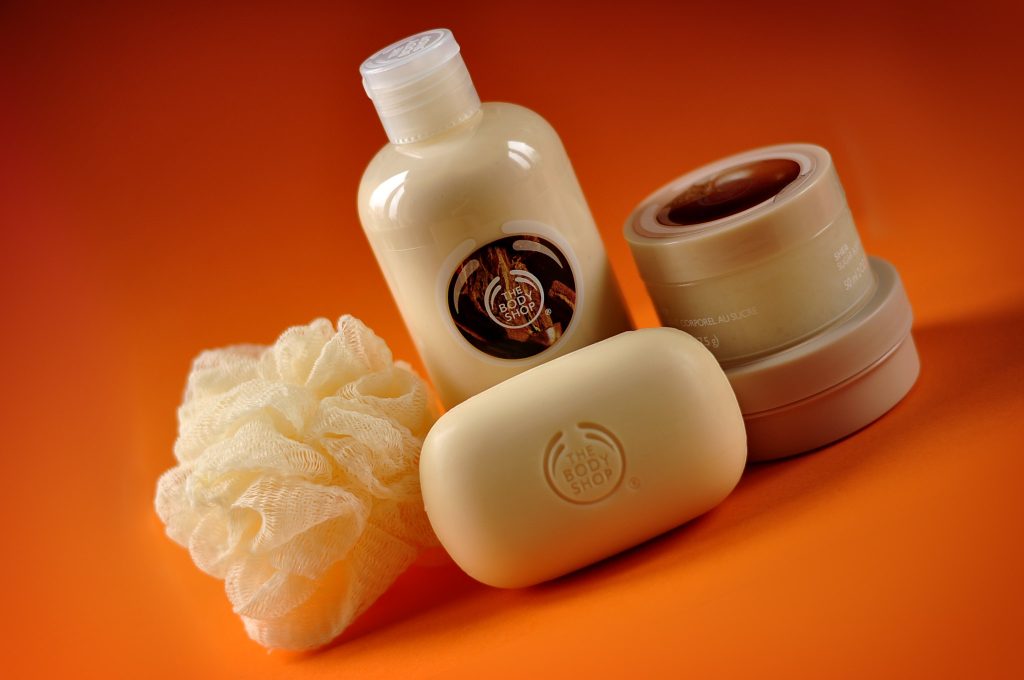
The newest car tires, the latest food craze (anything handmade,) the newest organic shampoo and conditioner, the best type of ball for kids’ play, and the latest technology in walking shoes all have to be brought to the public’s attention. It’s done with still life photography ideas.
Found Object Photography
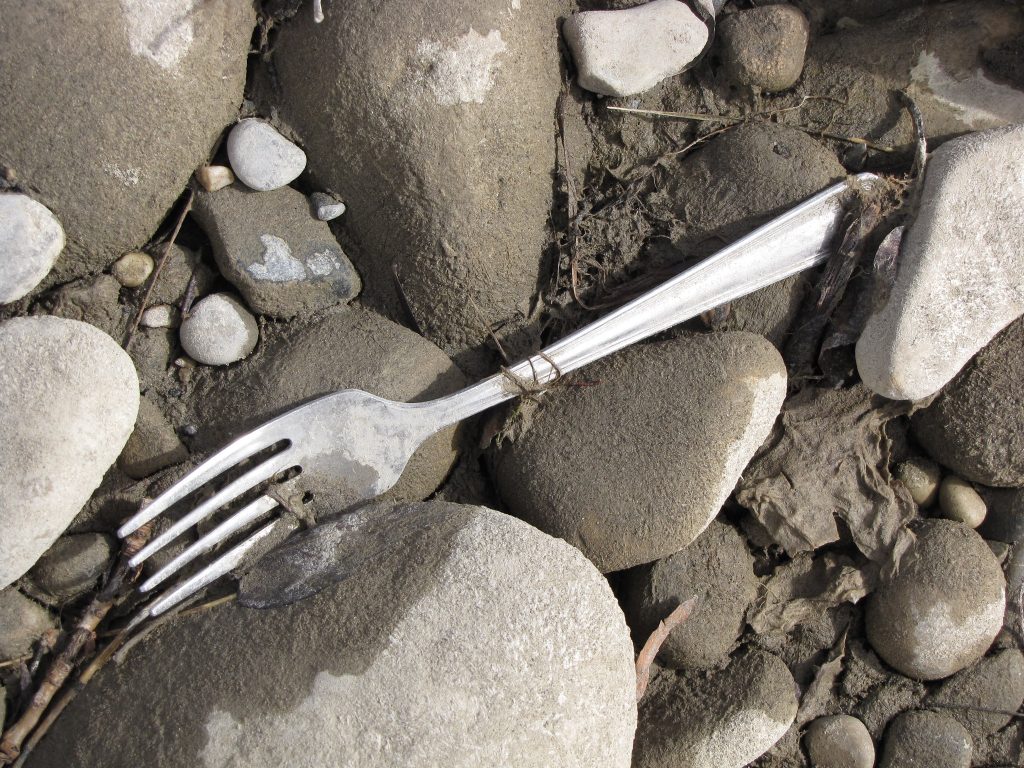
You stumble across some dirt, stones, and a fork for example, and for whatever reason, these things attracted or inspired you. You group them together, illuminate them attractively, and shoot them for a still life photograph. These are called found objects photography, or another category of still life photography.
Food Photography
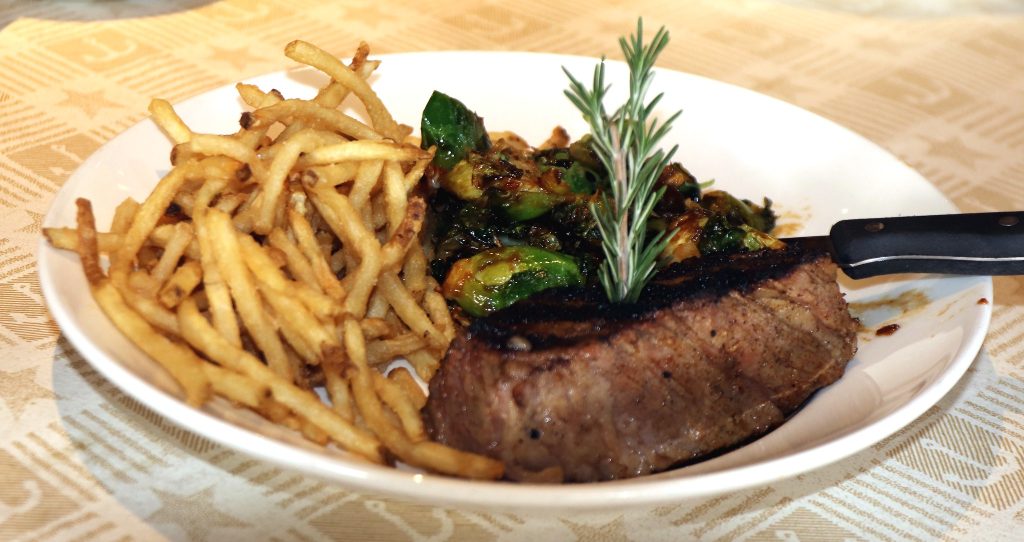
A mouthwatering steak, mashed cauliflower potatoes, collard greens, and dinner rolls on a soft blue china plate, water in a water glass, red wine in a goblet, soft blue napkins, and silverware make a picture you want to just cut into right now. You’ve just been bitten by food photography as still life.
Tabletop Photography
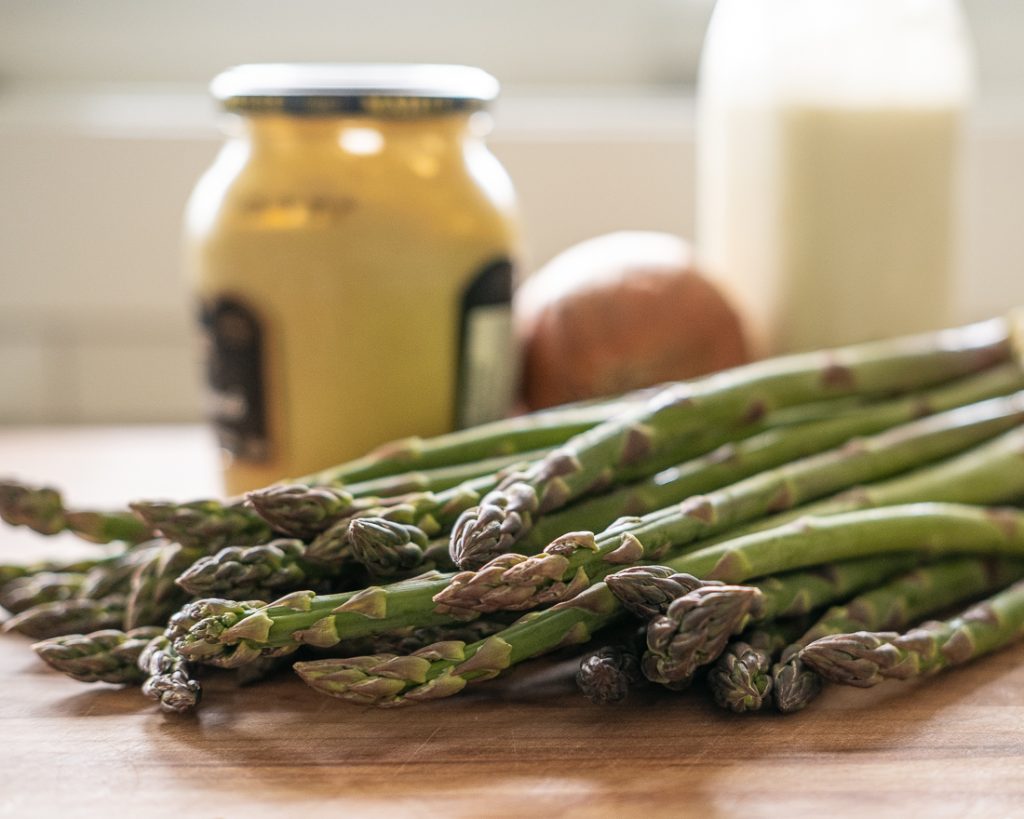
This is what people are more familiar with regarding still life. Place a grouping of vegetables, fruit, various plates or bowls, perhaps a flower, a pitcher or vase, a half-full wine glass, and toss in a skull or a bright yellow alarm clock on a tabletop, and you have yourself the basis of an amazing still life photograph.
Where To Begin Still Life Photography
Now that you potential still life photographers know what still life photography is, all you need is a camera, right? Well, yes, but you’ll need other equipment just as important, like:
Speed Light
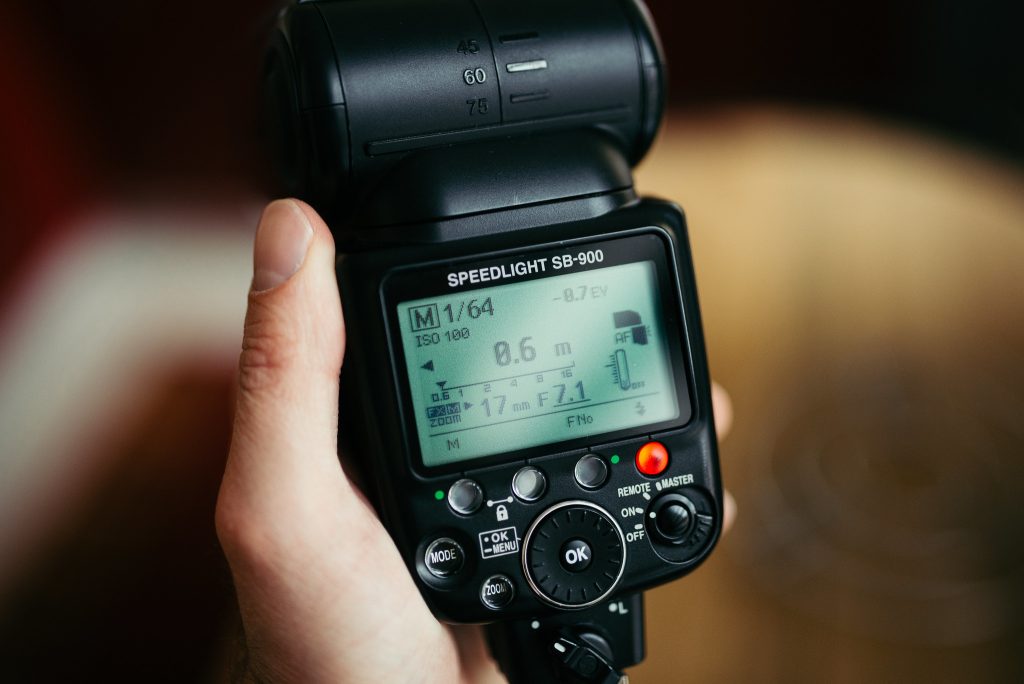
You’ve seen professional studio photographers use this. It’s a basic flash unit, also called a speed flash, with a power cord. It’s either handheld or attached to a digital camera. It’s used to adjust the light in dimly lit or dark surroundings, control the area and intensity of your light, as well as bounce the light off a surface in order to lessen shadows and create softer lighting.
Softbox
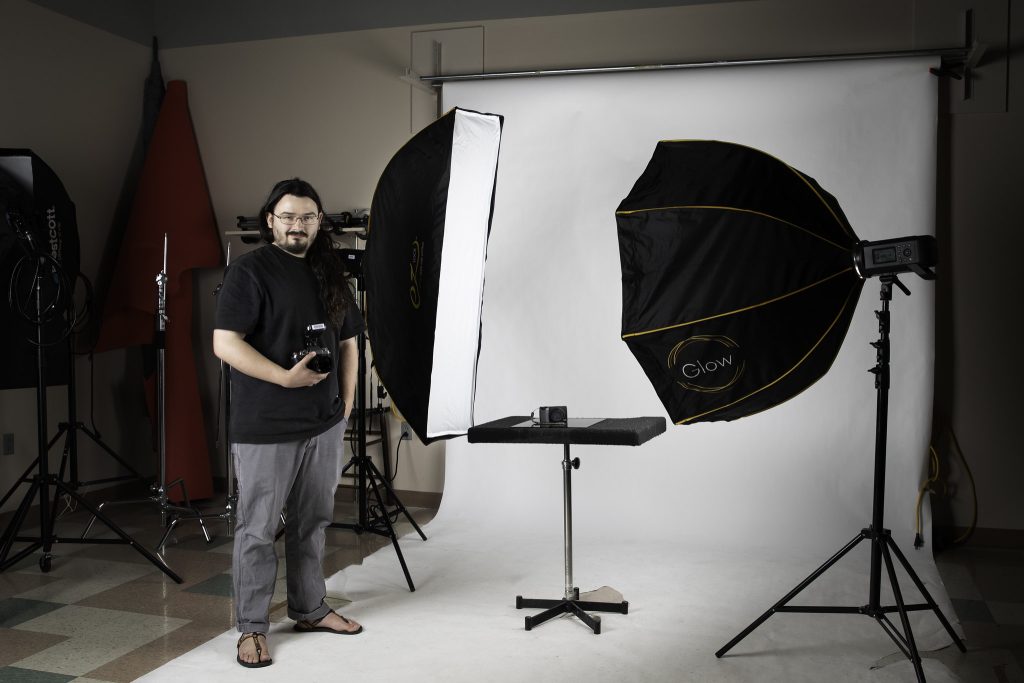
A square or rectangular box with diffusion material inside it, it fits over a light source. The object of the exercise is to soften the shadows and decrease contrast. Softboxes come in different sizes, so choose the box that best fits your light source.
Reflector
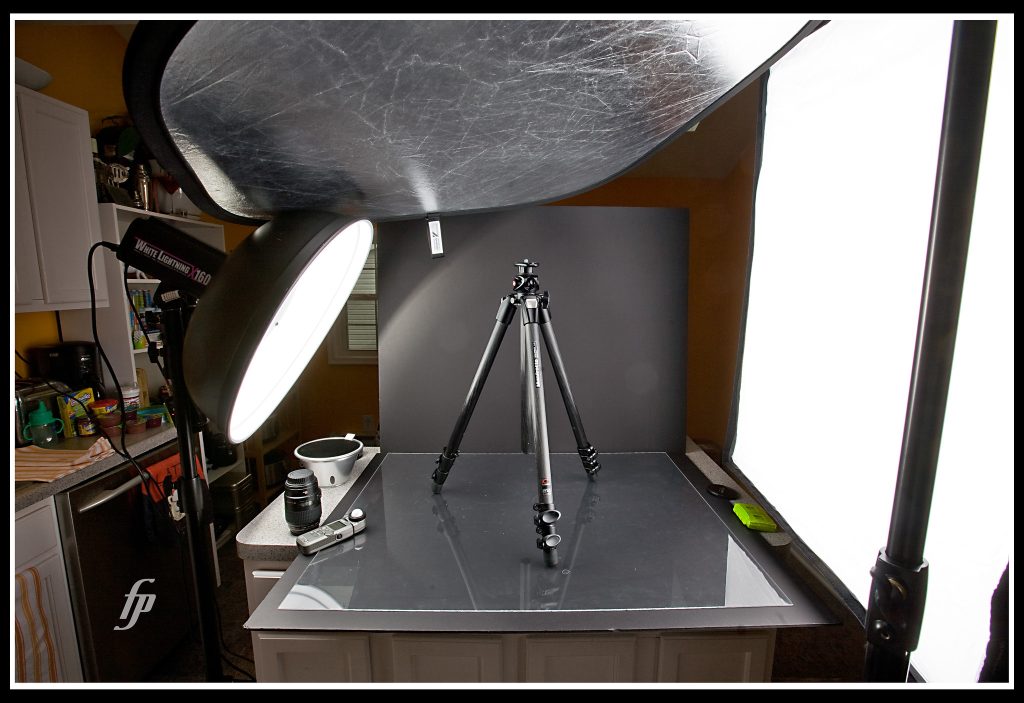
This is as simple as a piece of cardboard covered in aluminum foil. It reflects the light toward the subject, controlling the light and shadows.
Backdrop
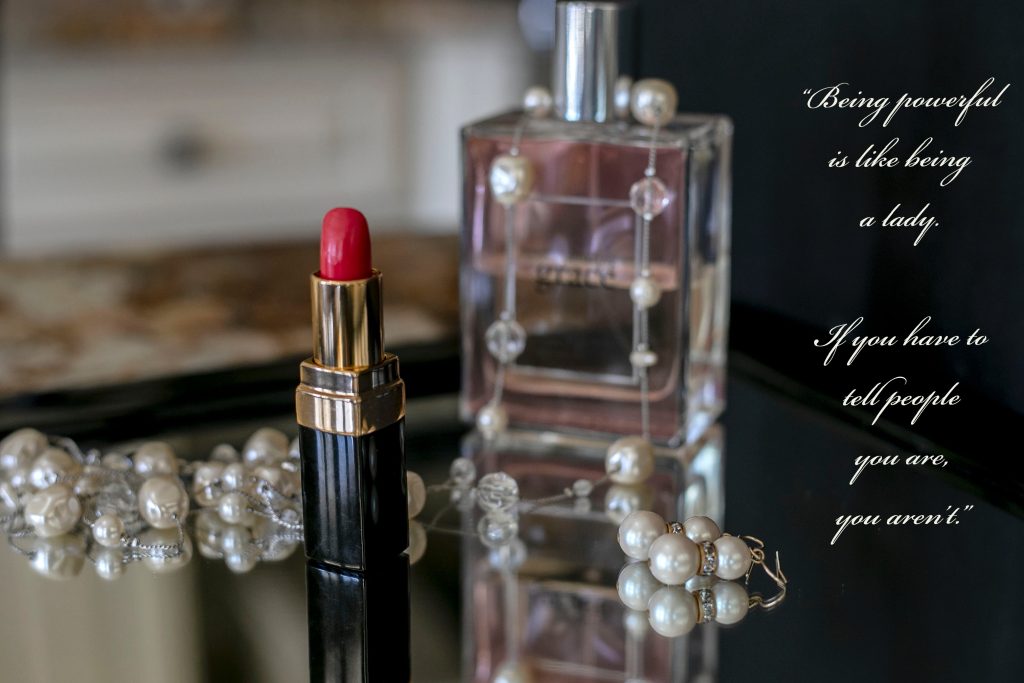
A good backdrop can enhance still life images and it can be anything from a bare tabletop to a surface covered in blue or black velvet, to a reflective surface like a countertop (shows the reflection of the subject like a pro,) or to the hood of a vintage truck (with the appropriate subject matter on the hood like a stuffed bird or leaves.)
A Tripod
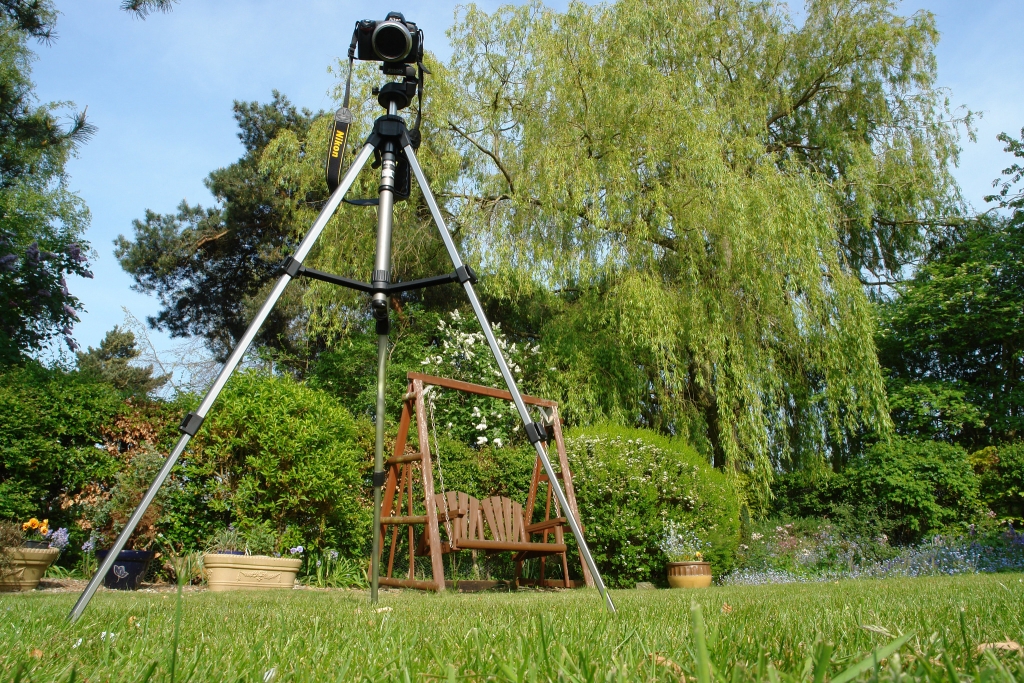
Used to prevent the camera from moving or shaking. A tripod allows the photographer to move around arranging the subject as well as to make exposures at slow speeds in addition to using telephoto lenses.
The Camera
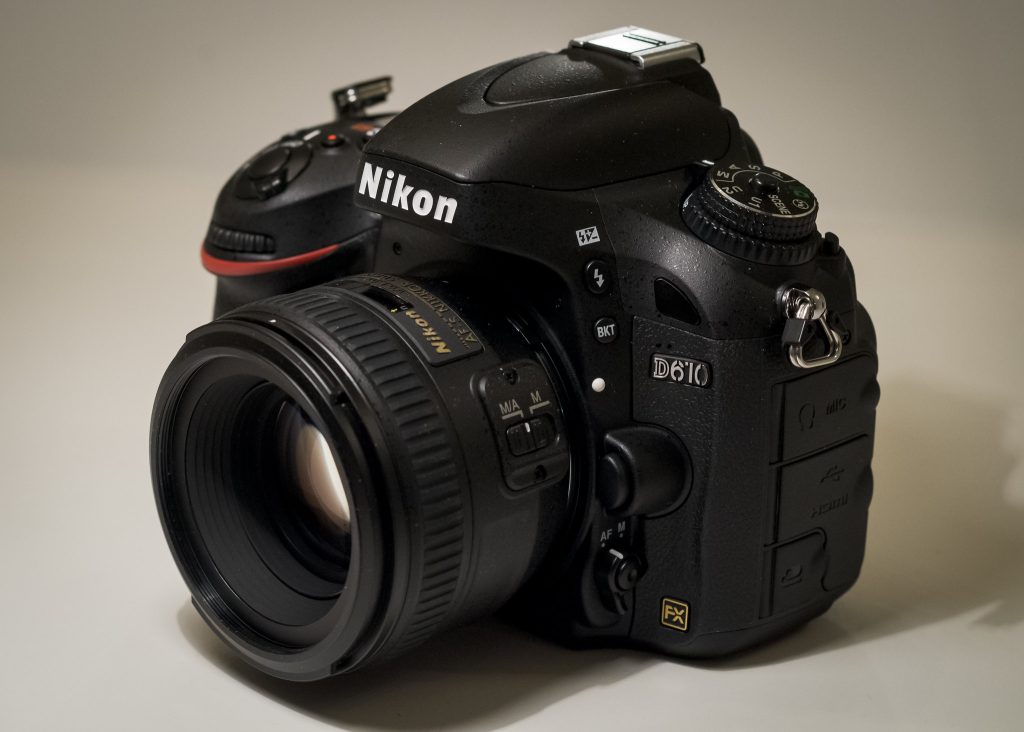
Still life photography is a great way to practice your craft and hone your photography skills. Any type of camera is useful, even your smartphone will do. However, professionals use full-frame cameras with auto-focus, time-lapse, wide ISO range, and LCD screen, to name just a few features. You’ll find these features on Sony and Nikon cameras.
Full frame cameras are expensive so beginning with either what you have or the cheapest camera you can find until you can afford better still produces great photos. With that said, you should know about lenses.
Lenses
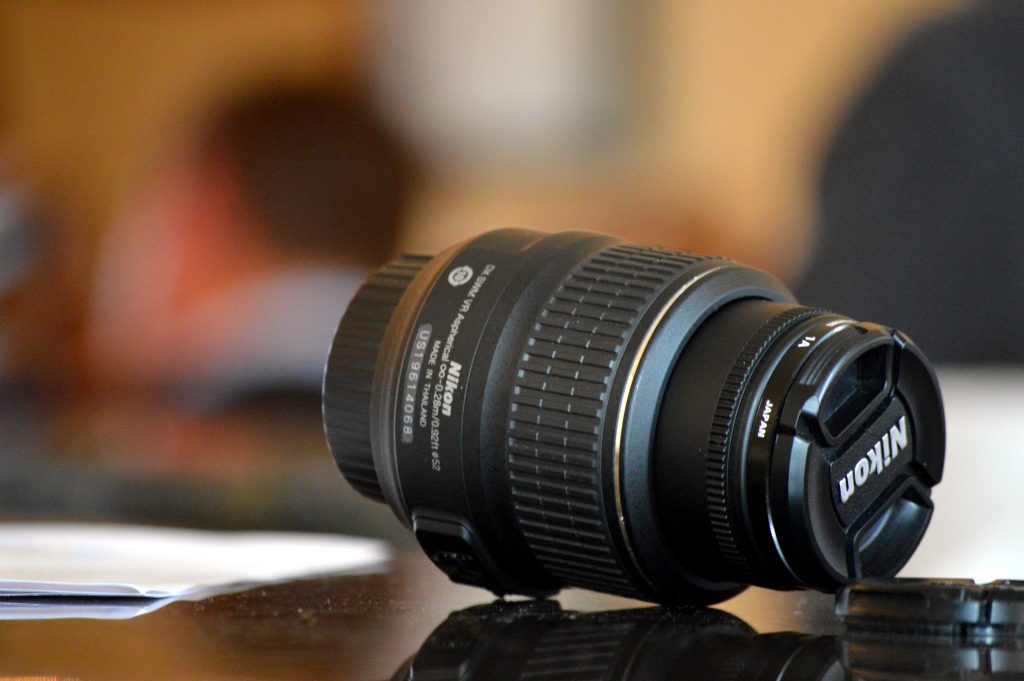
Since you’re dealing with range, a zoom lens isn’t technically necessary. A telephoto lens and a normal, fast lens are all you really need. A macro lens is useful, but if you don’t have one or can’t afford one, then using a +2 or a +3 close-up lens is a good alternative. This gives you the equivalent of 60mm, 100mm, and 120mm lenses, although for still-life shooting, you should stick with the 50mm or 120mm range.
Still Life Lighting
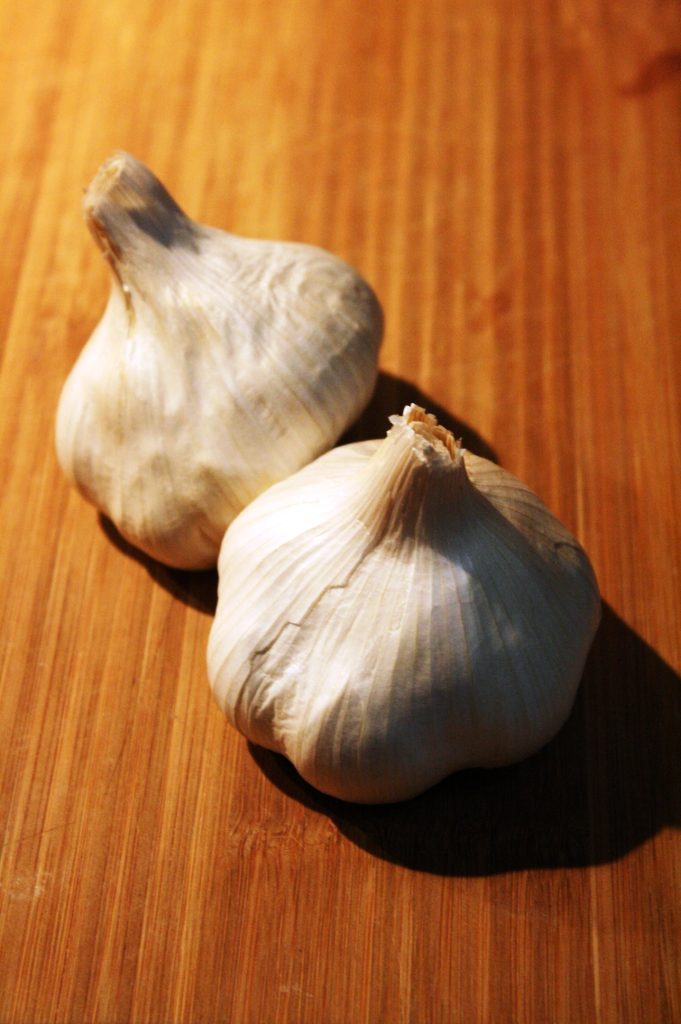
Light is the other side of dark, so your lighting will either soften the shadows, highlight the subject, or increase the texture of the subject. The proper use of light evokes emotion your still life compositions. Use low-key lighting to set the ‘feeling’ of the piece and high-key lighting for a clean, natural look.
The shape of your subject as well as the material from which it’s made requires certain types of lighting. For example, bulbs of garlic on a wooden cutting board would require low-key lighting. For a vintage lace hanky, you would use the brightest light in order to bring out the lace pattern and the quality of its color.
Still Life Photography Basics
Just gathering crayons, fruits, flowering branches, or rusty old implements found in a second-hand store and arranging them on a table isn’t enough to make a good quality still life photo. You need to be aware of the basics:
• Composition. Willy-nilly arrangements of subject matter do not form a cohesive picture. Follow the “rule of thirds,” and you’ll have a better photo.
To understand the rule of thirds, picture in your mind the Hollywood Squares board. Whoopie Goldberg is in the middle, so your focus is on her. A contestant, however, selects Courtney Cox to Whoopie’s left for the win. You have an arrangement divided neatly into thirds, with the focus on the middle. Tweak your subject and its positioning until it’s visually pleasing.
Materials

Anything can be used in a still life from pewter Monopoly pieces to varying types of hair barrettes to Grandma’s porcelain figurines to old cassette and eight-track tapes. Notice how the light plays off each piece, which is more textured, and which has an interesting depth to it.
Depth and focus
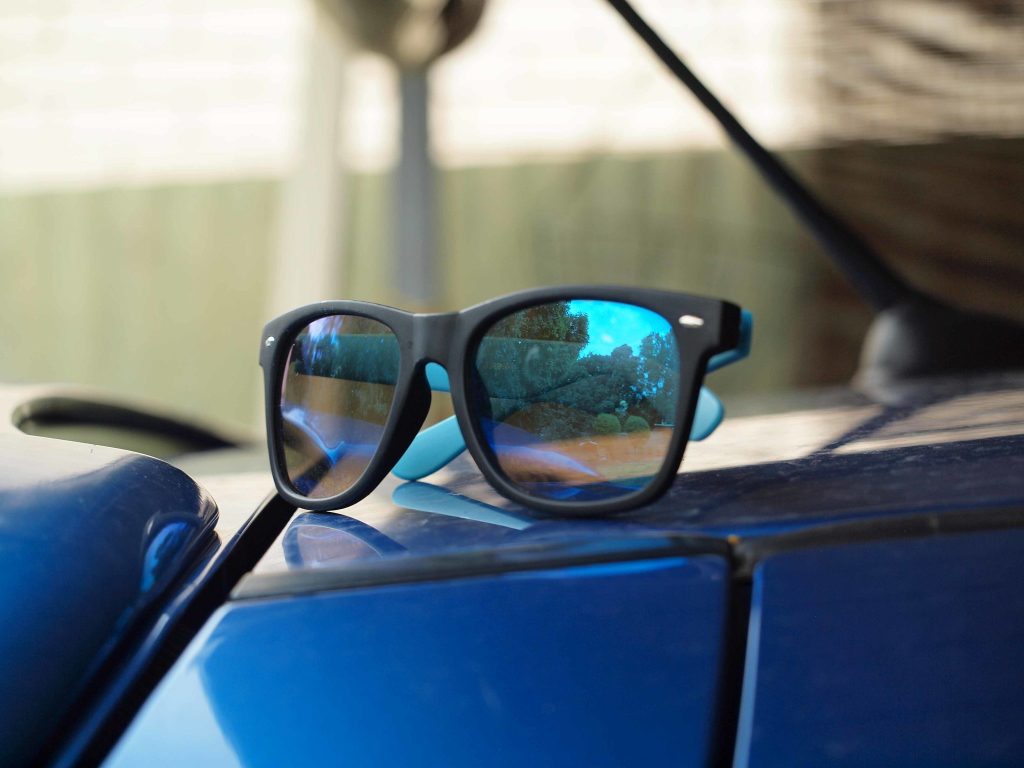
Do yourself a favor, and turn off auto-focus. You want control over the field, so decide what will be the focal point of your photo. Focusing on one small piece of your composition can change the mood of the whole photo. The depth of field, or how far away the composition seems, has a lot to do with both your control as well as the mood of the photo.
Angle
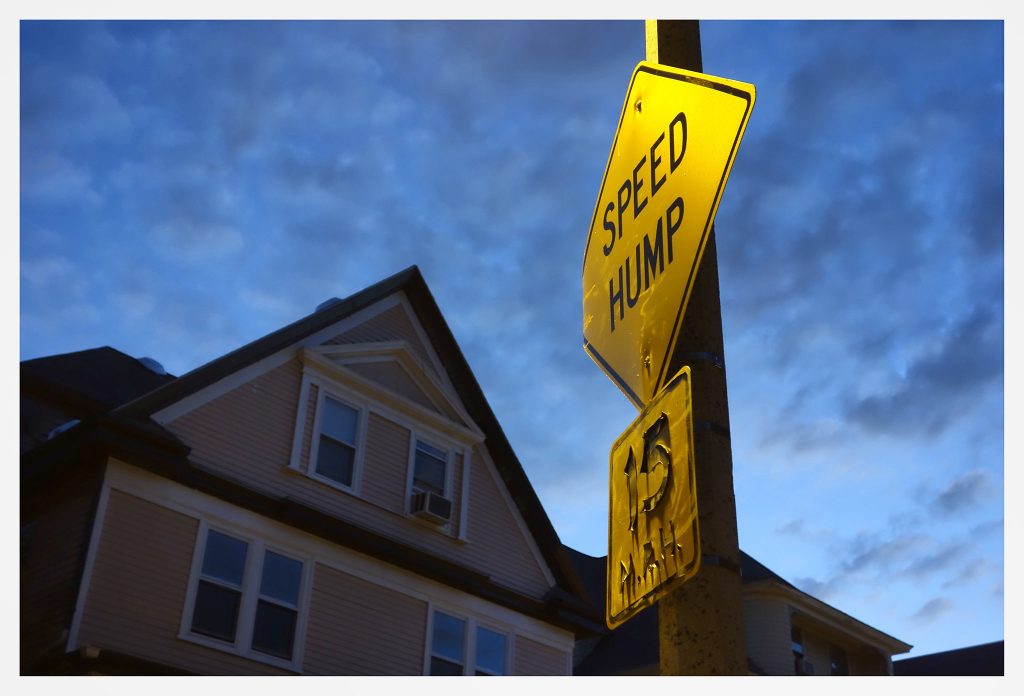
Changing up the angle from which you capture your subject changes the attitude of the whole thing. Taking the camera off the tripod and shooting by hand puts a different spin on your photo, too. Make sure the shutter speed is enough to avoid the results of shaky hands.
Motion

There are times when a tennis ball, orange, or child’s toy rolling across your still life arrangement gives the picture an element it didn’t possess previously. Slowing down the shutter speed will pick up this element of surprise in your photo for a touch of intrigue.
Still Life Photography Tips And Ideas
You will create amazing still life photos by following these tips and ideas:
• Visualize and play with your layout. Try different materials, use only antique items, and use items not normally found in still life photography like melted lipstick or wood riddled with termite holes. Sketch it out first, and adjust the layout before you set it up to shoot it.
• Lighting your layout on a cloudy day will net you soft natural light without the glare of the sun. If you’re shooting next to a window, the light will be too bright, so plan your shoot according to the time of day when the sun won’t be shining in the window.
• Try using flat objects to be shot from above. It’s an interesting angle, and depending upon the lighting, sets a professional-looking shot.
• Develop your style. Study the masters as well as other artists regarding their use of color, texture, depth, and lighting. Look at any and all still life photography, play with your own, and from these, you’ll develop a style of your own.
Selling your work! – People will pay good money for canvas copies of our work.
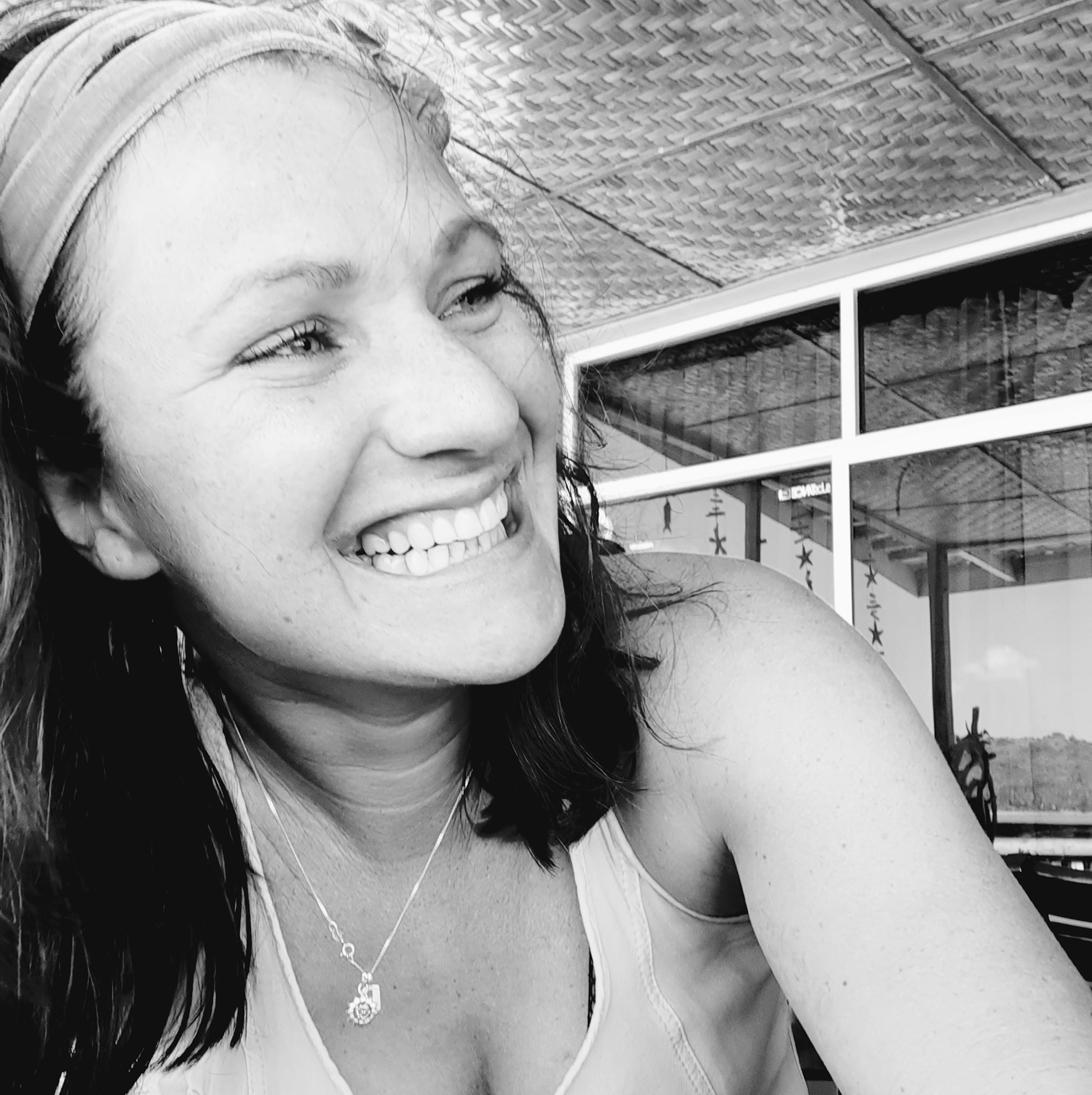
About Author
Rachel Noël is a professional photographer and videographer from the UK with over 10+ years of experience. Rachel specializes in Underwater, Tavel & Portrait photography among other areas.
